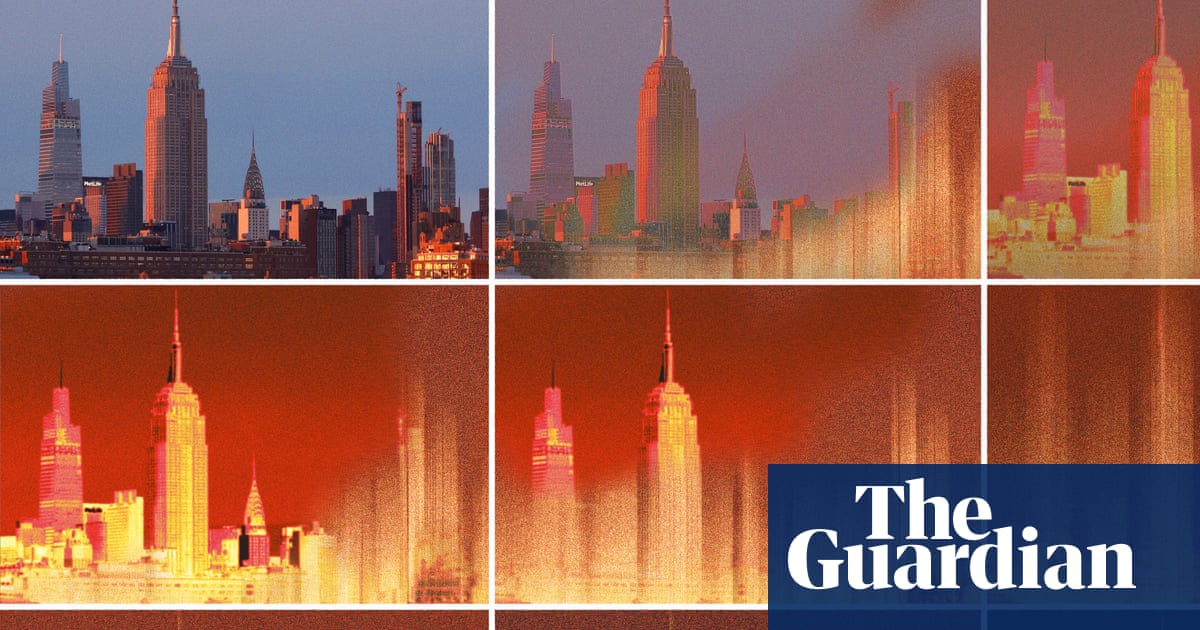Temperatures above 50C used to be a rarity confined to two or three global hotspots, but the World Meteorological Organization noted that at least 10 countries have reported this level of searing heat in the past year: the US, Mexico, Morocco, Algeria, Saudi Arabia, Kuwait, Iran, Pakistan, India and China.
In Iran, the heat index – a measure that also includes humidity – has come perilously close to 60C, far above the level considered safe for humans.
Heatwaves are now commonplace elsewhere, killing the most vulnerable, worsening inequality and threatening the wellbeing of future generations. Unicef calculates a quarter of the world’s children are already exposed to frequent heatwaves, and this will rise to almost 100% by mid-century.



Biggest thing against nuclear power is the cost associated with it. Other, sustainable sources of energy like wind and solar, combined with hydrogen and batteries, are way cheaper due to their simplicity. Thorium reactors are a nice idea but need so much development (costs) that they will take a while to become a reality, if ever at all. Probably nuclear fusion will be available sooner than thorium fission for power generation, which also needs decades of development. And then there’s still the problem of nuclear waste. Maybe not a huge problem, but still one without a viable solution.